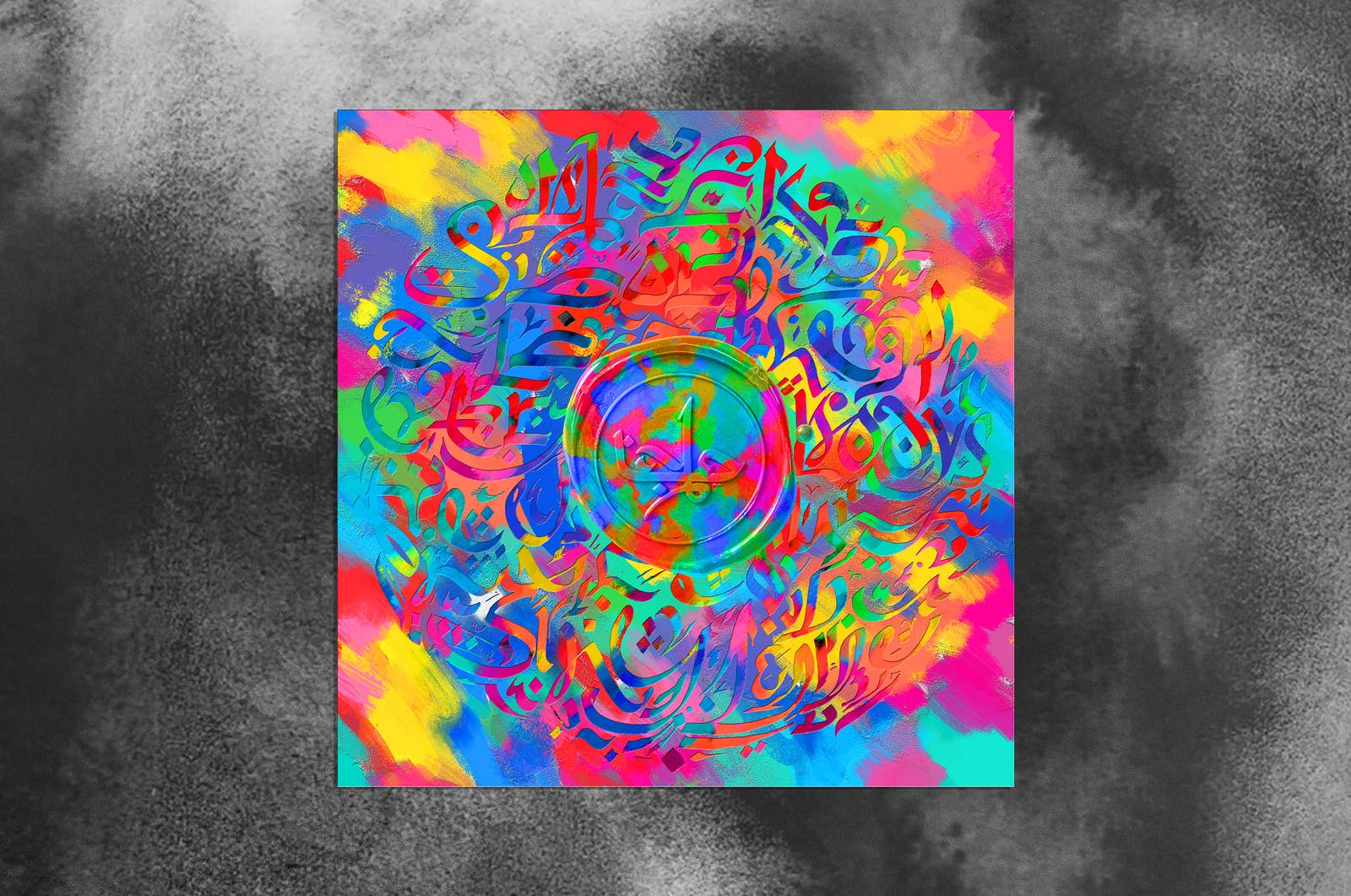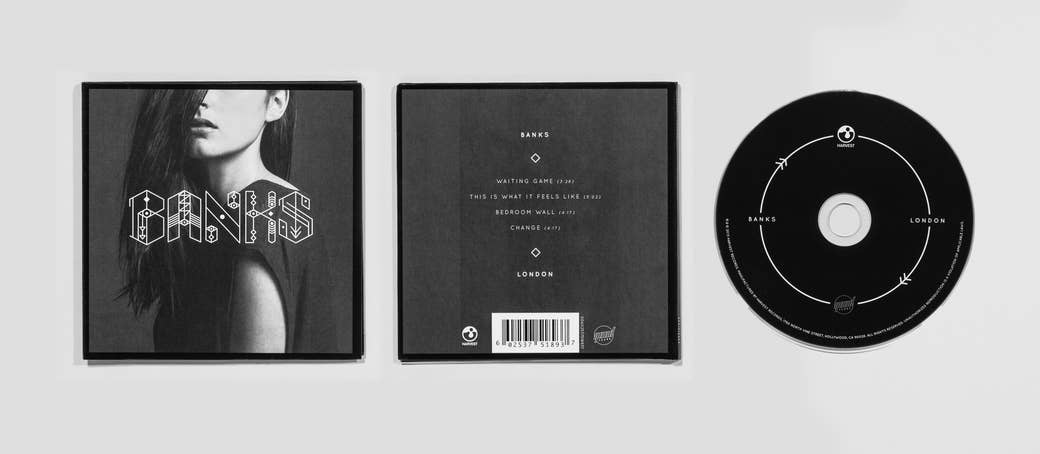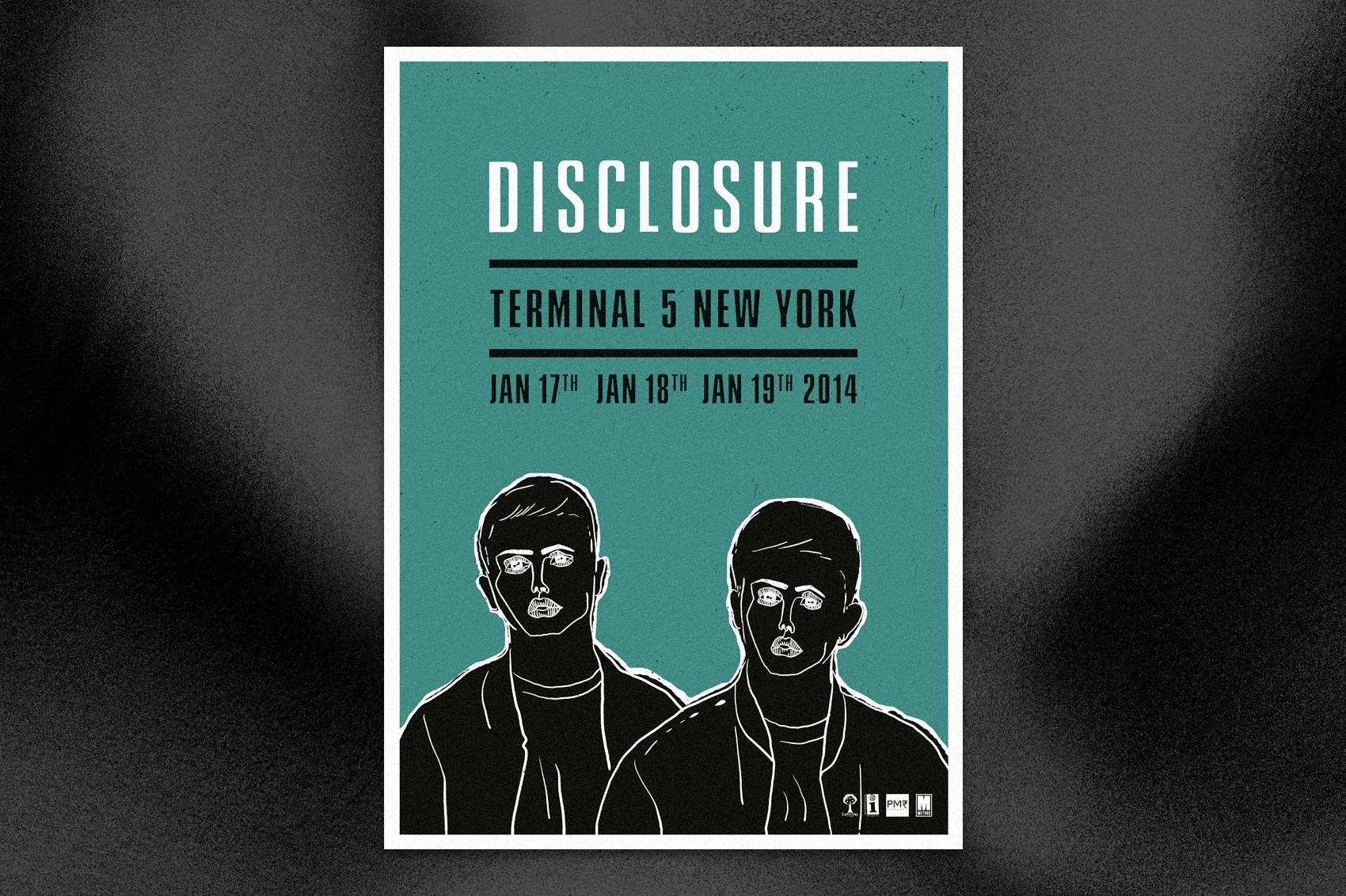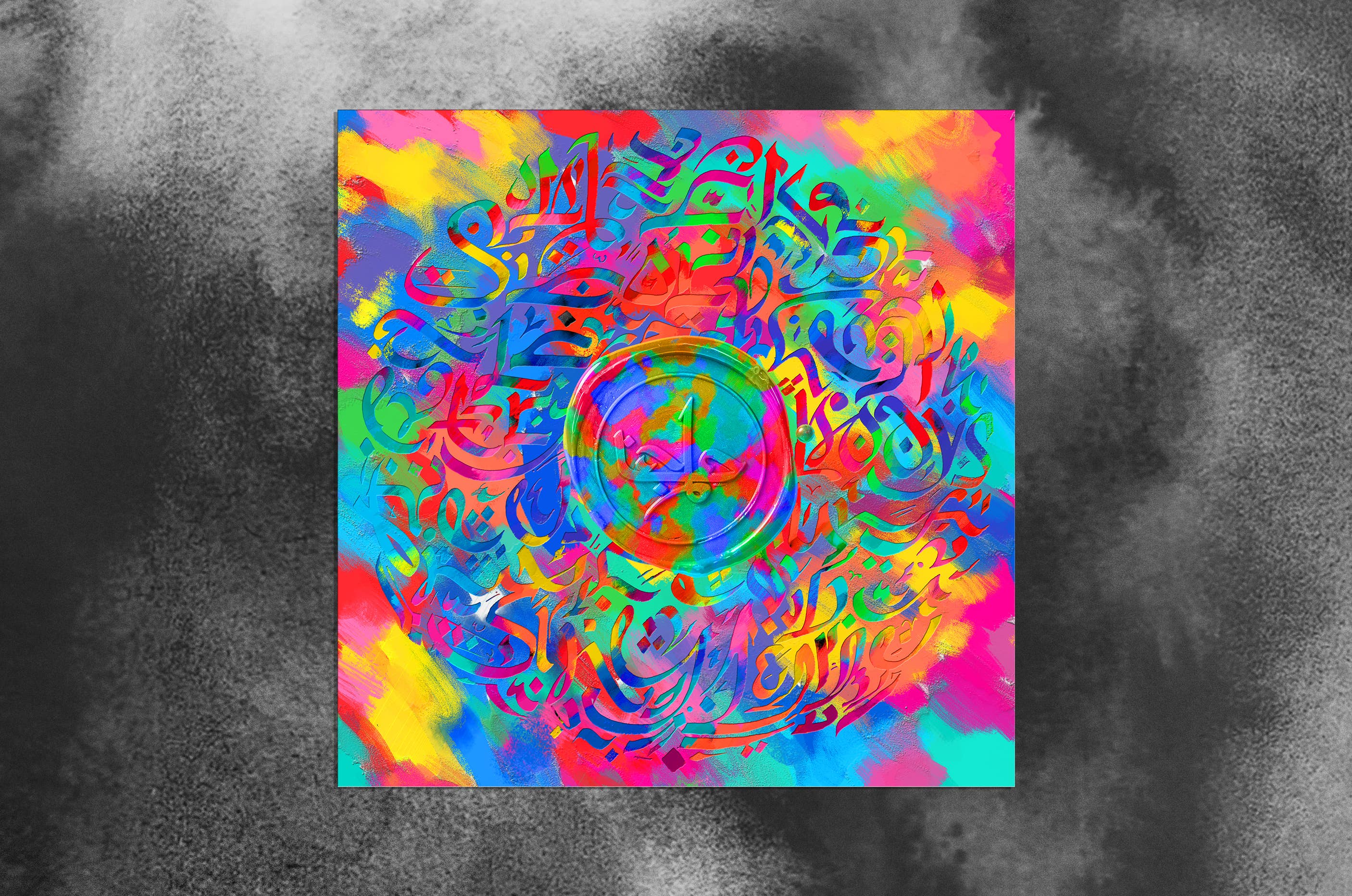
We recently met up with multidisciplinary visual creative Kate Moross at the Selby Centre in Tottenham, as part of the Levi's Music Project with Skepta. Starting out as a graphic designer, Kate gained a reputation for her bold and bright illustration style, working with a number of musicians and labels such as XL Recording and Young Turks. Fast forward to now, having founded Studio Moross, Kate's main role is art director, working on a number of projects which include everything from album packaging to directing music videos.
Kate was asked to share her thoughts, insights and experience of the creative world with the students of the Levi's Music Project. Following this, she worked with the young artists to help them realise their creative vision, and design the visuals for their performance at the V&A.
Scroll down to check out our conversation and some of the work Kate has created over the years.
For more information on the Levi’s® Music Project with Skepta, head over to our digital cover story here.

Hey, Kate. What are you thoughts on the Skepta and Levi’s Music Project?
It’s always hard to know what something is going to be like until you're there, and I had never been to the Selby Centre before and I actually, probably haven’t been to this part of Tottenham before; I’m a South Londoner, so that's normally where I am. But I think it's been really cool; it's nice and intimate. I’m used to giving talks to universities or big conferences and, sometimes, it's just really nice when you're talking to 15 people in a room. Overall, I’ve enjoyed hearing everyone's thoughts and it's quite personal what the guys are doing here writing music together and trying to get them to talk about it in visual ways. It's challenging, but I think it's maybe one of the first time they’ve sat together and tried to express what they want to achieve in a visual and performance way as a group. So I’ve really enjoyed it. It was challenging.
How have you found working with the participants? What are their styles like?
I think because my aim is to give them the first seed of an idea, of how they can approach their own project as individuals... because you know some people are releasing their own music, some people are writing music, some people are signing others people's music. There's a range of what types of performers or artists there are, so I think today was just about showing potential of what they can do for their own projects and also addressing the performance at the end of this Levi's project when they preform together, and about how they approach that visually. While thinking about performance as an art-form in itself, and I think there's a real mix generally in terms of how people identify themselves—some people are very confident, some are more shy, some want to be on the front of the stage, some want to be pulling the strings in the background—it’s just helping them realise who they want to be and where they want to be in that environment.

What role does music play in your creative process?
Most of my clients are musicians, so I spend a lot of time bringing their ideas to life—whether that be a music video or a live show, or an album's artwork. A lot of the time I’m taking a brief or a set of words, and then try to translate that onto the page or in a video or an animation. So I think by showing the group today what I’ve done in the past, they will appreciate what they can do themselves—or what they can do when they collaborate with other people.
Can you give us an insight on what you spoke to the participants about?
I started off by giving a background of my education and schooling, how I got into design and how I got into it quite young, at 19, and was already doing a couple of freelance bits and pieces. Now I’m 30, so that's like 10 years already in the business. We also spoke about networking and the rise of the UK indie music scene and how you’d be rubbing shoulders with people just queuing to get into a show and you’d meet someone who is now working for Young Turks, Boiler Room or Nike. It’s like people that I was with at that time, my peers have all gone on to do exciting things and we all continue to work together and collaborate to this day. So I was explaining how that's important, even now.
Even just the experience of the participants being sat in that room is going to potentially change their lives in 10 years, when that person has come up and released a record and needs a supporting act for their tour or something; there's lots of exciting things that can come from nowhere. Then I went through my work and showed them how I went from being an illustrator to an art director, and how I was essentially on paper doing really well being an illustrator but just wasn’t satisfied with what I was doing. I didn’t feel it was who I wanted to be; I wanted to be doing bigger projects and working in music, and so doing illustrations wasn’t enough for me.
What was the leap like going from illustrator to art director?
I took the money I was earning from illustration and started a record label and I ran that for four years, releasing five records on that label. That allowed me to design record sleeves that weren’t illustration and turn my eyes towards music and music-related stuff, marketing and creating videos for the artists I had released songs for. That gave me the experience to do that for signed artists who were maybe larger and more in the mainstream. So I stopped doing the label and started the studio, and stopped paying myself to design and started to getting paid to design for other people.
How important is networking and promoting yourself online?
I think it was different because I was at the pinnacle and the very, very beginning of social media, so it was kind of like everyone that was on social media was your peers. It wasn’t like your mum, granddad, aunt and cousins—it was only your best mates on MySpace. It was a really powerful network because it was everyone on a need-to-know situation, so promoters, artists, creatives and fans—it was really intense and effective. Nowadays, though, it’s like everyone’s got a Facebook profile, everyone's got an Instagram. But now I’m not too concerned with social media because I’m trying to become less of an outward person. When you're an illustrator, it's all about you, but now I work in a big team and I have a group of people I work with.
When you started out, your illustration style was very distinct. How would you advise somebody to find their own individual style?
I always say don’t worry about style. In the same way that when your making music, just the fact that your making it is what your style is. I always say to people design is a process, so something comes through you and you express it. So you think of an idea or you get given a brief and then you process it and spit something out at the end. I think of style as that process, so you will naturally impart a piece of yourself on the work as it passes through you in whatever way. Like, I don’t try and make anything look a certain way—I just do what I feel is right for the projec,t for the client/artist, or whatever capacity. Maybe sometimes there are similarities between those things or the way you connect them—and back in the day, you could group all my work together—but now, I’d like to think that you could see all my work in my place and you’d be like: “Yeah that all make sense.” I like the fact there is no style. I don’t believe in style; I believe in personality and opinion, and I like to think my work is an expression of my personality. The work I do for Disclosure isn’t the same I’d do for One Direction, for example. I never want them to look or feel the same because they are two different artists.
What are your thoughts on experimenting with type and image?
I do quite a lot of workshops at the moment, and it’s interesting to see what facilities people have access to and how they use them to express their ideas. So I have people that come to a workshop, and the only interaction with any creative software is some editing software they have on their phones—where they can take a picture and draw on it—so for them, that's their resource for creating art. Theres people that draw or use processing, I like to see how everyone uses the tools they have in front of them. Me, personally, I like to learn about different types of software. I never want to be left behind; I never want to be an old grumbling designer that's using the first version of Illustrator still. I’m the first person at work who updates their software and makes sure I’m on the newest version and trying out the newest thing, because that's what keeps me going!

Do you have any advice for aspiring musicians working with designers, and designers working with musicians?
Just have an open and honest relationship. If a musician tells me an idea and I really think it’s bad, I’ll just say that I don’t think it's going to work. I always like to foster an environment where people can say what they're thinking, because sometimes people, especially non-visual people, find it hard to explain their ideas. I never want to create an environment where I’m like "that's a bad idea." I always want to have a forum where people can come forward with their thoughts and it’s my job to translate them and transfer one idea to another. My job is just to guide people in the right direction and then bring those ideas to life. I don’t have my own agenda, where I’m telling people they have to be one way; I’m telling people to talk to me, communicate and share their ideas, and from that we can bring it forward.
Finally, what is your manifesto that you live and work by?
Off the top of my head, I'd say:
1. Don't worry about what everyone else thinks, and just do you.
2. Don't be afraid to break down fears to express yourself. Confidence is really important; you have to be confident in what you're doing. Even if you're nervous behind the scenes, that's cool too.
3. Keep learning, keep growing, keep trying and don’t give up.
They're all cliche, but I think they’re really important. I also think a lot of the time it’s seen as a negative to be a generalist or to do lots of things. Some people are multi-instrumentalists, or they do lots of things—don’t be ashamed of that! Don’t feel that you're less skilled because you can do a bit of 100 things. It's the other way around! Everyone has their strengths and weaknesses: some people are really good at one thing, other are good at five. Just embrace what you find natural and what comes to you.
For more info on the Levi's Music Project with Skepta, check out the full story of how the project unfolded here.




